Introduction to Trigger Finger.
A finger that locks when bent and clicks on straightening might signify a trigger finger. The finger may be stiff and painful, which is more pronounced with gripping. The symptoms can be worse in the morning.
In the general population, trigger finger affects 2% to 3% of people. For people suffering from diabetes, this rises significantly to 10% of diabetics presenting with trigger finger.
Diabetes is on the rise in Singapore. As of 2017, 14% of Singaporeans between the ages of 18 to 69 had a prediabetes diagnosis. Prediabetes without intervention can lead to type 2 diabetes which is a chronic medical condition. Diabetes can negatively impact many health systems of the body including kidneys, heart, eyes, and nerves.
People can take steps to reduce their risk of prediabetes, the precursor to diabetes. As prediabetes has few overt symptoms, it is important to pay attention to signals from the body. Trigger finger is one such signal. As trigger digits are a problem for diabetic patients, trigger finger should trigger screening for diabetes.
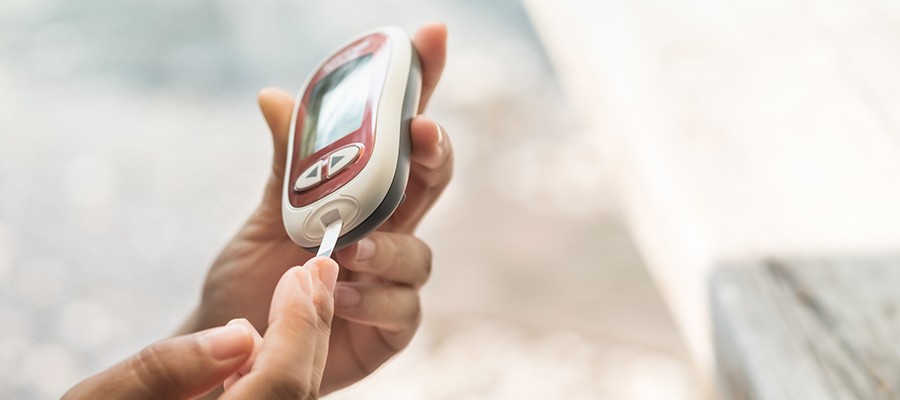
Painful, Locked Fingers May Point to Prediabetes
Relationship Between Trigger Finger and Diabetes
Trigger finger is inflammation of the tendon lining in the fingers. The affected fingers become painful and can lock or get stuck in a bent position. Trigger finger has the same presentation for people with or without diabetes. The reason diabetics are more susceptible to trigger finger is currently unclear and therefore undergoing further study.
Diabetic trigger finger often impacts multiple digits and can be present in both hands. The chronic hyperglycaemia or high blood glucose, a tell-tale sign of diabetes, may cause build-up around the tendons which may relate to the development of trigger finger.
For people at risk of developing prediabetes, establishing excellent glucose control is an actionable preventative measure for trigger digits.
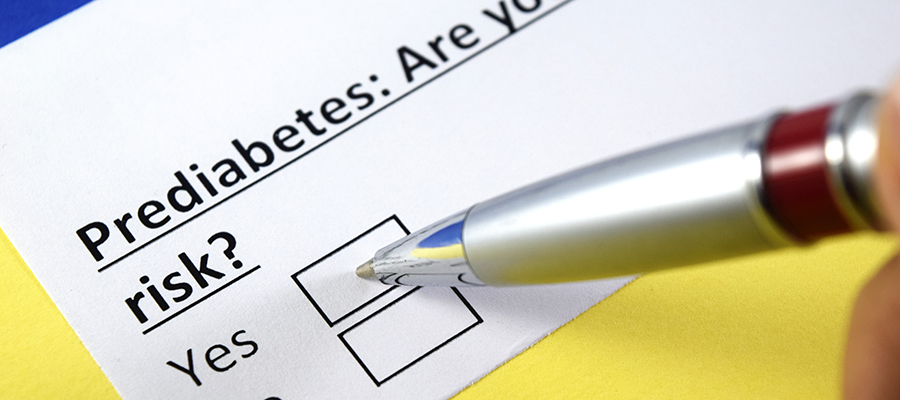
Risk of Developing Trigger Finger
Diabetes. A Risk Factor for Trigger Finger
Trigger finger is very common among people with type 1 and type 2 diabetes. In fact, diabetics are 10% more likely to develop trigger finger. Some research suggests the number of years a person has suffered with diabetes increases the likelihood of developing trigger finger.
Other Risk Factors of Trigger Finger
Age and gender correlate to risk factors for trigger finger. Women are 6 times more likely to develop trigger digits. The onset of trigger finger is often in people in their 40s and 50s.
Certain other diseases, such as hypothyroidism, amyloidosis, renal disease, and rheumatoid arthritis increase the risk of developing trigger digits. Other problems which affect hand function including carpal tunnel syndrome and de Quervain’s tenosynovitis raise the risk of developing trigger finger.
The incidence of trigger finger may also have multifactorial causes. These include repetitive finger movements, localised trauma, extensive gripping, and degenerative stress.
Mild to Severe Cases of Trigger Finger
- The digits most likely to present with trigger finger are ring finger, followed by thumb, middle finger, then index finger, and lastly the pinky finger.
- At early onset, the finger may show signs of painless clicking when moving the digits.
- Next, a trigger finger may present with a catching or popping that is painful on both flexion and extension.
- For some, there is a feeling of stiffness related to a progressive loss of extension and flexion without the catching and locking sensation.
- Where the fingers join the palm, the palmar metacarpal phalangeal (MCP) area, a painful nodule may arise associated with stiffness, swelling, and locked digits, particularly in the morning.
- The affected fingers may present locked in flexion and require passive manipulation to reach full extension.
What Comes First? Trigger Finger or Diabetes?
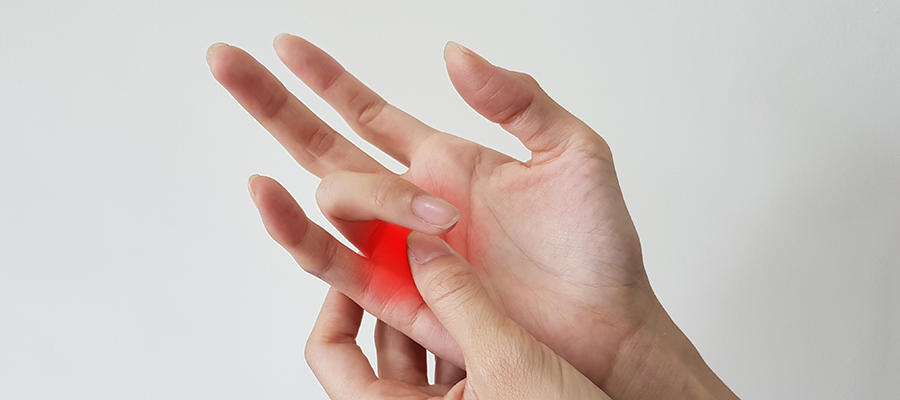
As diabetes and prediabetes may go unnoticed, being asymptomatic in the beginning, it may come first. Trigger finger may be an early signal to take anti-diabetic action.
Trigger Finger Symptoms
Signs of trigger digits are often mild progressively becoming more severe. Symptoms include a popping or clicking sensation on movement with early-morning stiffness. A bump or nodule may arise at the base of the finger. The finger or thumb may catch or lock in a bent position with a snapping sound on straightening the finger. As trigger finger progresses, it becomes more difficult and painful to straighten the bent digit.
Prediabetes Symptoms
For some, prediabetes may be accompanied with blurred vision, fatigue, irritability, nervousness, and numb or tingling hands and feet. Others might note excessive thirst, dry mouth, and frequent urination. While many people may notice these symptoms, you could be in a prediabetic state for years with no clear symptoms at all.
Prediabetes is reversible. It does not need to lead to diabetes and its unfortunate diabetes-related health problems including an increased risk of developing trigger digits.
Diagnosing Trigger Finger
A doctor can diagnose trigger finger by taking a history and a simple physical exam. There are no elaborate diagnostic techniques for trigger finger. The doctor will assess for smoothness of motion, pain, and any obvious locking or clicking of the digit.
Diagnosing Prediabetes
Prediabetes can go unnoticed and present with no clear symptoms. Having a screening blood test for prediabetes is the only reliable way to diagnose prediabetes.
Troubling Hand Symptoms Too Important to Ignore
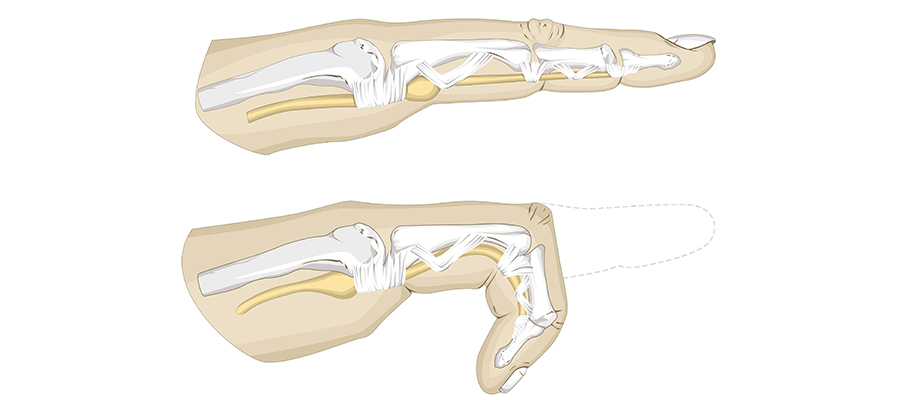
When to See a Doctor
It is important to see a hand specialist if you have pain and stiffness in your fingers. Pain that dissipates throughout the day might be easily ignored. Moreover, people with diabetes might dismiss stiffness in their fingers, thinking it is a normal part of their diabetes.
It is critical to see your doctor or hand specialist early to prevent mild trigger finger from getting worse. It may also be a warning shot to undergo prediabetes screening, blood tests, and anti-diabetes action.
Prevent Trigger Finger with Anti-diabetes Action
Preventing trigger finger with anti-diabetes action is a win-win. Singapore’s Health Hub uses the acronym ‘BEAT’ to help you reverse prediabetes.
- Be aware of how you can fight diabetes.
Understanding that prediabetes is reversible with healthy lifestyle changes lowers your risk of developing diabetes.
- Eat right to prevent diabetes.
Choose to incorporate plenty of fruit, vegetables, whole grains, and proteins while drinking lots of water to achieve healthy eating goals. Limiting sweetened or alcoholic beverages is also recommended.
- Adopt an active lifestyle to prevent diabetes.
Find enjoyable physical activities and participate in them throughout the week. Take just 10 minutes a couple of times a day throughout the week. This will have you moving the recommended 150 minutes each week. Start slow and talk with your doctor if you have questions or a medical condition that may interfere with an exercise programme.
- Take control of your lifestyle to prevent diabetes.
Balancing a healthy diet with regular exercise can help you achieve a healthy weight, limit your stress, and be beneficial for your mental well-being. These lifestyle choices are under your control and can help you prevent diabetes.
Maintaining healthy blood sugar levels will have a positive impact on your overall health as well as the function of your fingers.

The Goals of Treating Trigger Finger
Regaining full movement without discomfort is the goal of treating trigger finger. Reducing the swelling will allow smooth gliding action of the tendon. Taking anti-inflammatory medication as well as massaging and stretching the fingers may help.
The next step in treatment is the use of splinting or a steroid injection to help relieve the trigger finger or thumb.
Surgical intervention may be required. Surgery encompasses a manual release of the affected finger or thumb. Surgery is often followed by hand physical therapy and rehabilitation.
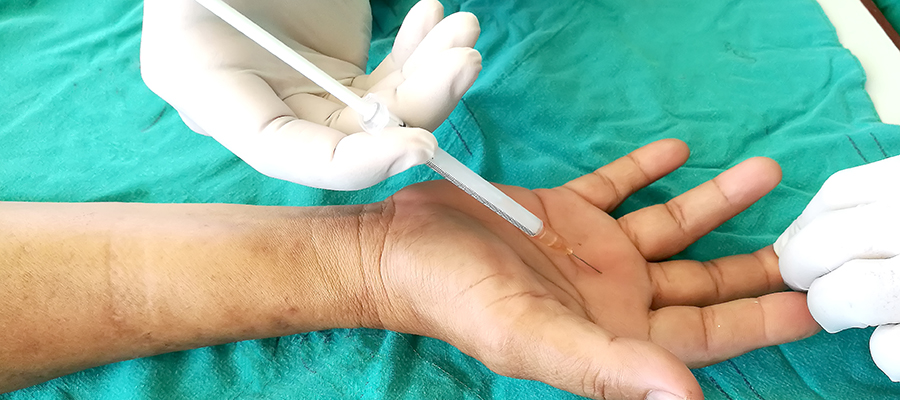
Trigger Finger Wrap Up
Prediabetes is a reversible health condition affecting many Singaporeans. Presenting with stiff and locking fingers or thumb may be signs of trigger finger. This could be your warning shot of prediabetes. This is worth listening to because a person can have prediabetes for years without any clear symptoms.
Prediabetes is the precursor to diabetes which has many unwanted health consequences. If your hand specialist gives you a diagnosis of trigger finger, it might trigger you to undergo screening for prediabetes.
